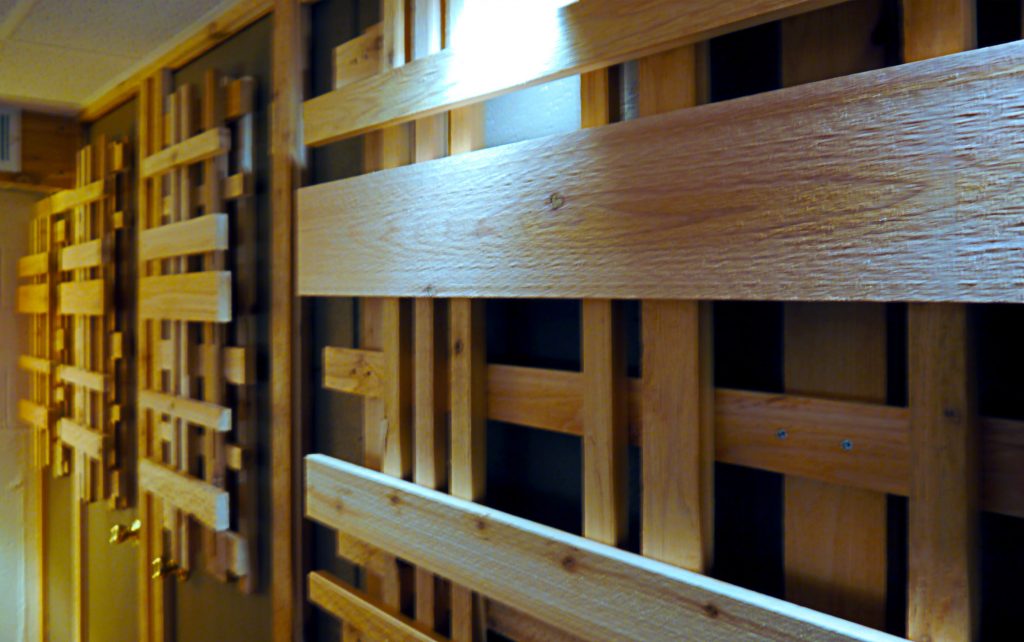
When building a home studio, it is imperative to understand the difference between acoustical isolation and acoustical treatment.
Acoustical isolation keeps sound from coming into your space and going out of your space. It enables you to record when your neighbor is mowing the lawn and keeps your drumming from keeping your neighbor awake at night. Acoustical treatment controls the reverberation in your room. It evens out the frequency response of the room and minimizes resonances. The means of achieving these objectives are very different.
Acoustical isolation requires heavy materials. It also requires sealing of air passages between your room and the areas outside of it. It requires special treatment of any air ducts. Often it involves building a room-within-a-room with an airspace between them. At the minimum, it involves poured concrete or concrete block construction or multiple layers of drywall. It might require double doors and, at minimum, a solid door that is airtight. Putting foam, carpeting, or absorptive materials on the walls does little if anything for isolation.
You apply acoustical treatment inside of the room to minimize and control reflections, absorb a certain amount of sound, and diffuse the rest. Some techniques are non-parallel walls, absorptive wall and ceiling treatments, and diffusers on the walls to minimize resonant reflections between walls. You might also need bass traps in the corners to even out low frequencies.
Isolation is usually more expensive than sound treatment because it involves the basic construction of the room and sometimes the expensive installation of specialized heating and cooling systems. You may need to engage an architect and contractor to construct an isolated room properly.
Acoustical treatment can be done less expensively and make most rooms usable for recording and listening with some constraints.
Studio construction is both an art and a science. Quiet studios can be costly in noisy locations. There are books on the subject, and several manufacturers make kits that you can install to improve the sound of your space.
